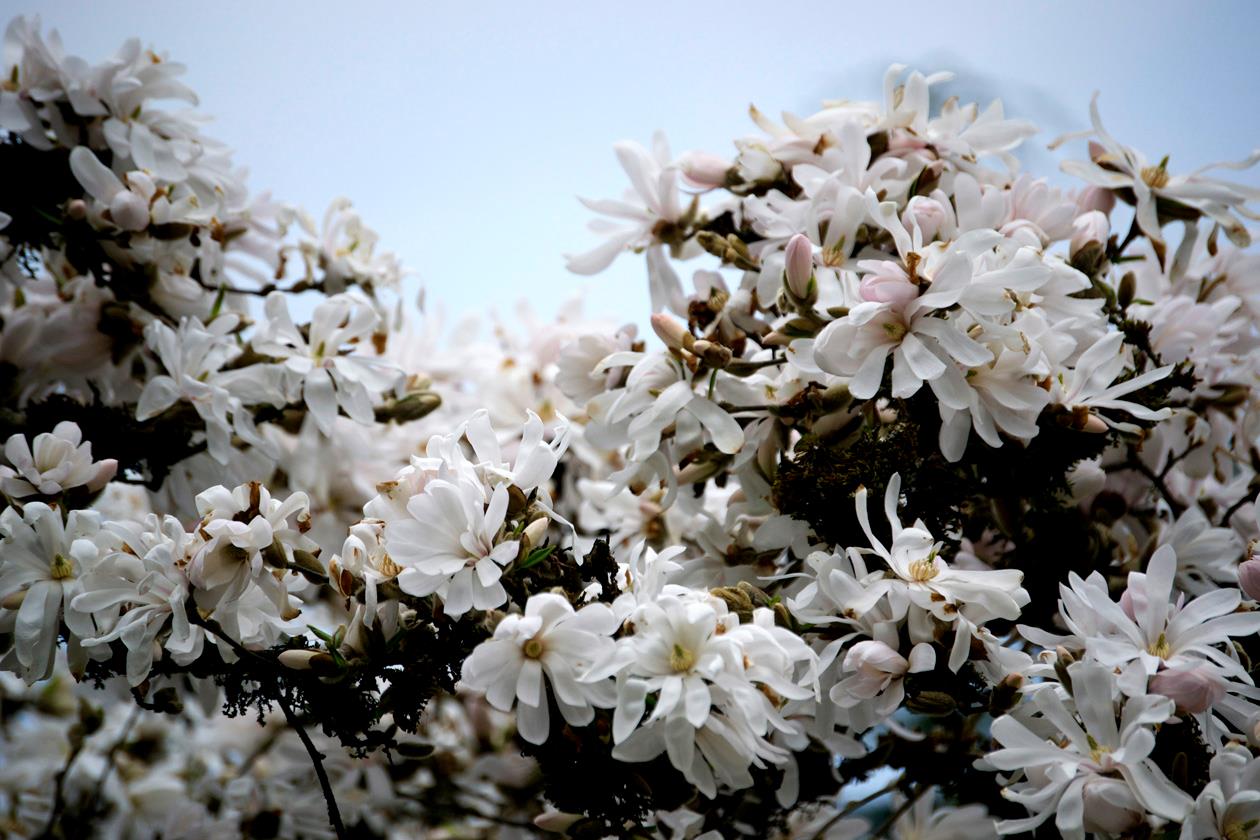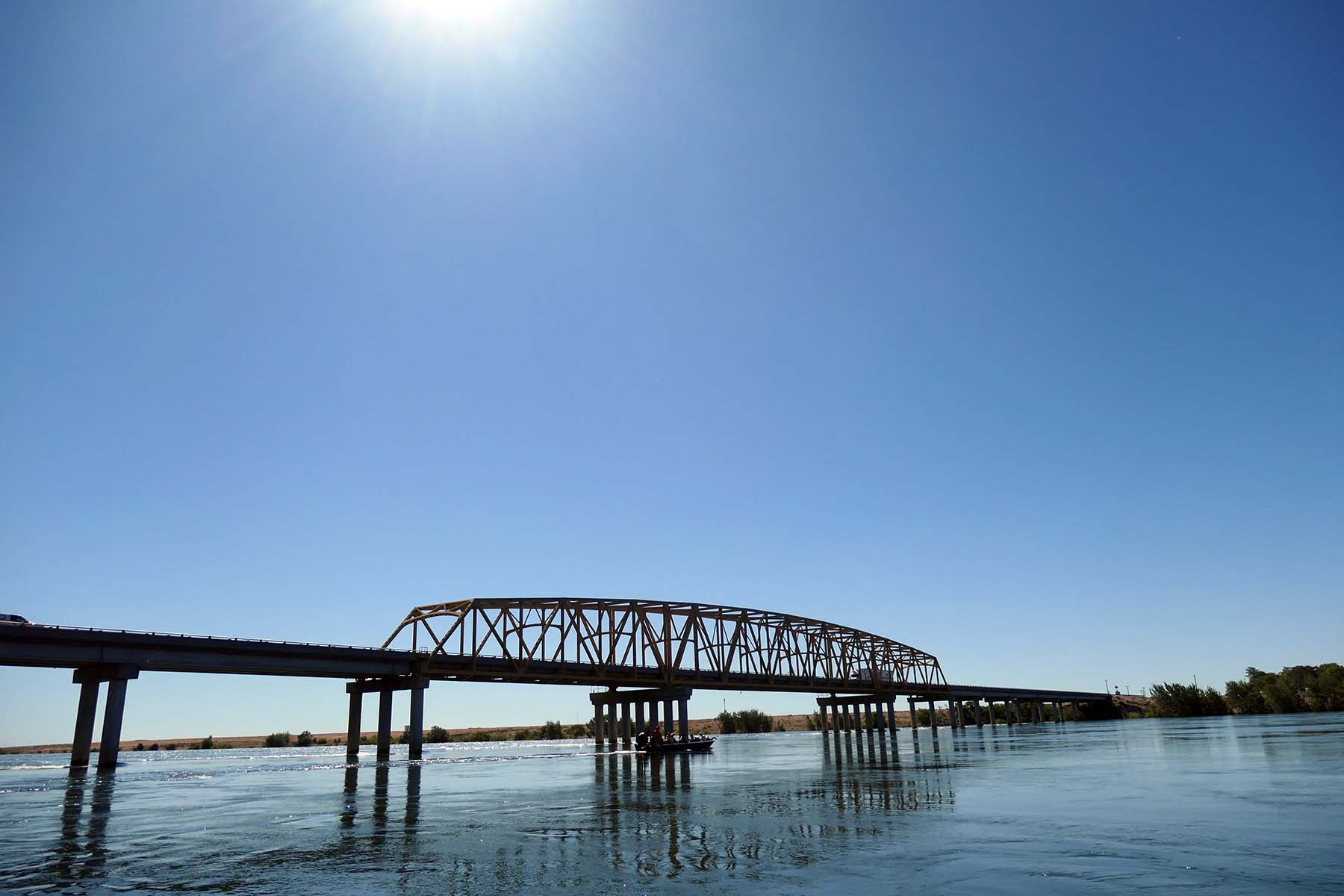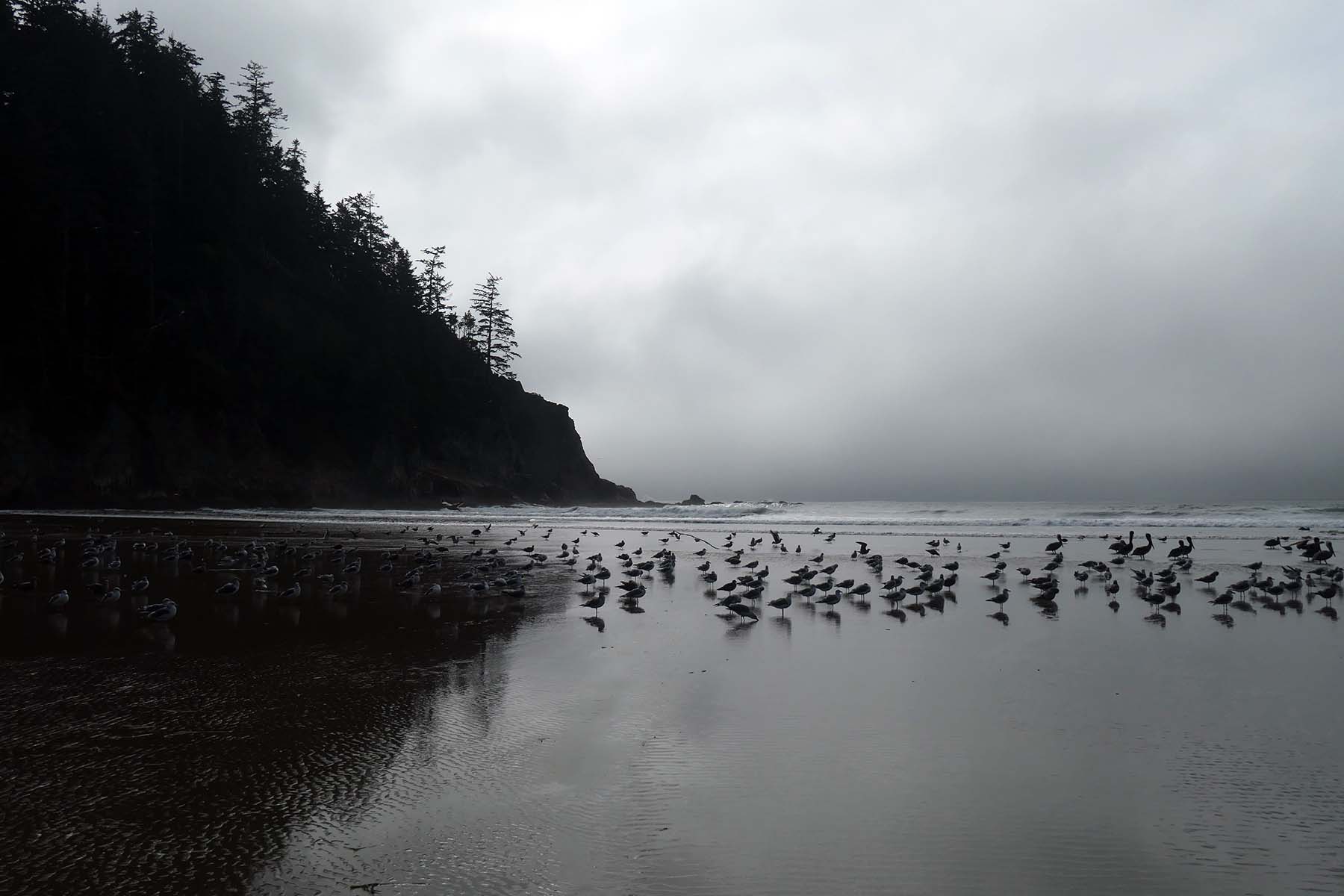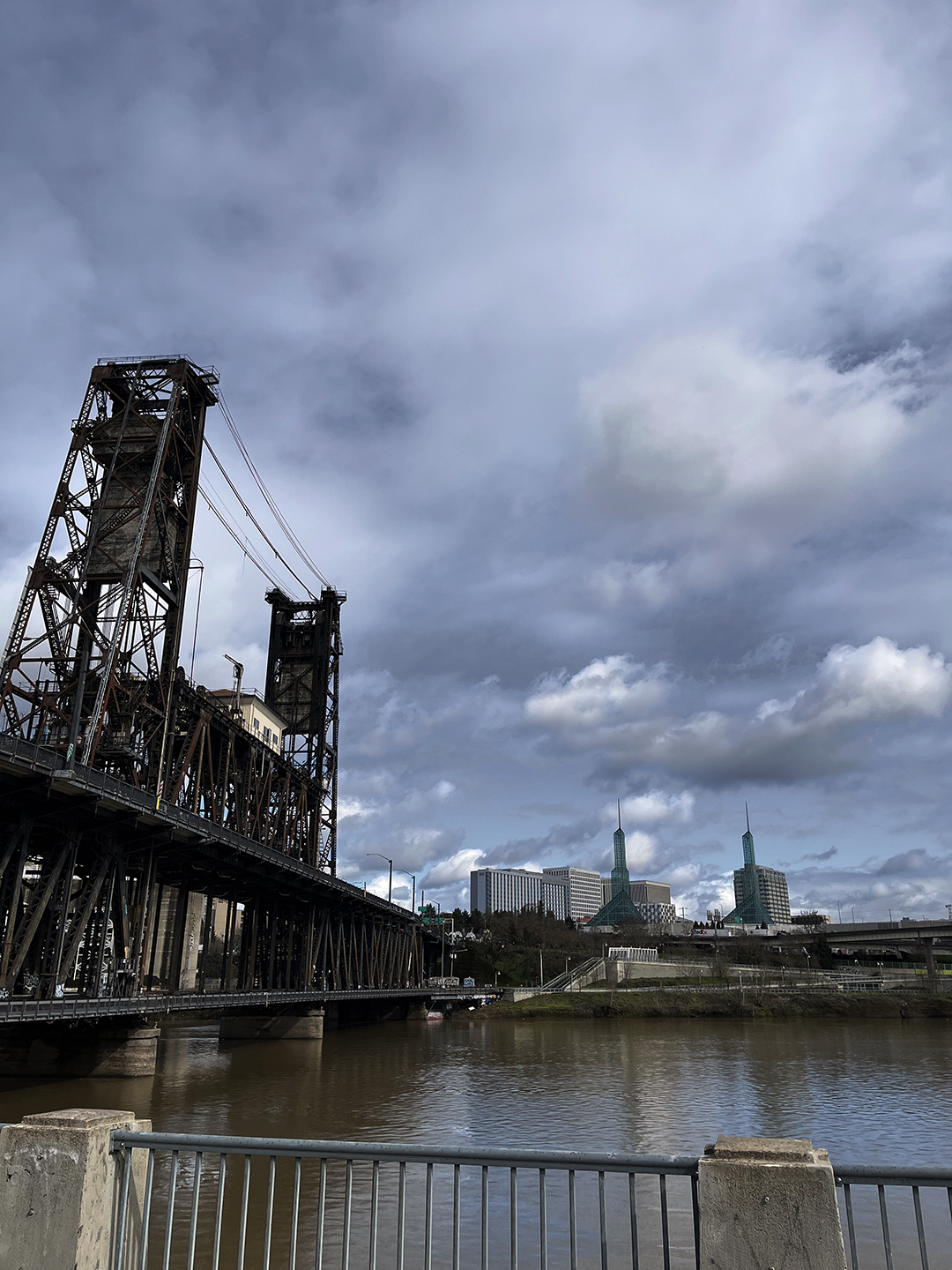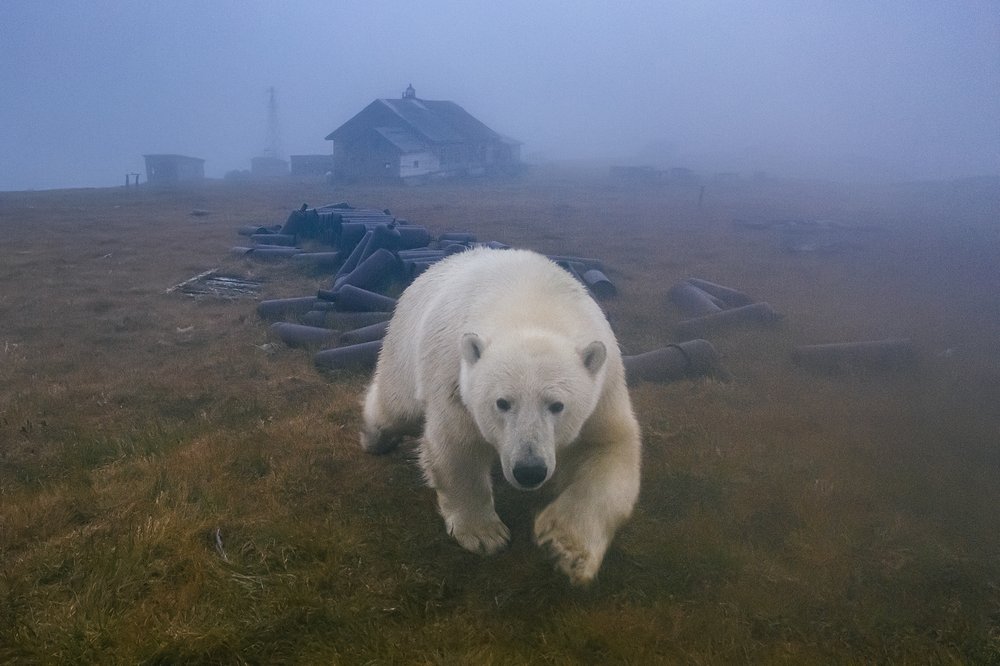Walk with me in this first week of the New Year. Grab your boots, though. My neighborhood park is rain-drenched and muddy – good for sliding, good for fungi, some of which shine with the wetness in reflective beauty, good for the drought-stressed environment.

I had a fun experience this morning even before I entered the woods. During my routine perusal of the news, I got hooked by a Merriam-Webster game asking people to look at a GIF – one of those gimmicks that show things in motion – that displayed words in fast succession. The idea was to take a random screenshot and whatever word you captured would be the lead for the year. Well, folks, I got UPLIFTING.

And just to show how my brain works, I thought “maybe that is the word they trickily provide for everyone to help us enter 2025 a bit more hopefully.” So I played the game again to test my hypothesis, and got – TOXIC.

There you have it – I will report on toxic events this year, but I will do it with the goal to uplift us all by utilizing our grief to be a catalyst for change. Game on.

Of course I’ll report on inherently uplifting things as well, often connected to science and the way activism has managed to protect us and/or our environment. Here are a few highlights from 2024:
Close to home, salmon returned to Klamath river, after dams came down. Gray whale populations rebounded, as evidenced by a 33% increase in migration counts. In Everett, Washington, voters approved a ballot initiative that grants the Snohomish River watershed the rights to exist, regenerate and flourish. City residents, agencies and organizations can now sue on behalf of the watershed, and any recovered damages will be used to restore the ecosystem. Also in Washington, voters upheld the 2021 Climate Commitment Act by voting no on Initiative 2117.


Further East and South: Barbed-wire fences, maiming and killing wildlife, are removed or replaced with friendlier barries for hundred of miles in Wyoming and at the Montana/Idaho border. Wolf populations boom in California, and the first pack has been introduced to Colorado. California has introduced “pop-up” wetlands for migrating birds, by paying central valley rice farmers to flood their fields earlier in the fall and let them stay flooded longer in the spring.

Looks like scientists found the next best thing to an HIV vaccine: the new drug Lenacapavir can prevent infection for up to 6 months after receiving the shot. 630.000 people still die of AIDS-related illness every single year. There are also ever more efficient vaccines against malaria and cervical cancer on the market – a child dies every minute of the former and 350.000 women globally every year of the latter. (It remains to be seen how the vaccine battle will unfold under the new administration in the U.S., of course. Anti-vaxxer sentiment is growing.)




Solar power is advancing at a brisk clip, across the world. Washers, dryers, furnaces, water heaters, and stoves are becoming more energy efficient and also getting cheaper. Diesel-fuel powered school busses are starting to be dropped for EV busses across the country (there are half a million school busses on the road in this country…) It will not only be better for the environment but also save costs. People are realizing that small personal steps – eating 10% less meat, re-wilding your garden as just 2 examples – can have a cumulative impact.
(Long read for this week about personal contributions: What If We Get it Right? by Ayana Elizabeth Johnson. ((Here is an 8 minute listen of an Ari Shapiro interview with the author, that provides the gist.)) Great mix of essays and poetry.)

And then there is “Chonkus.” Researchers isolated a new microorganism, cyanobacterium UTEX 3222, nicknamed “Chonkus,” for its ability to consume carbon dioxide. If it could be genetically engineered, “this single-celled organism’s natural quirks could become supercharged into a low-waste carbon capture system” to fight climate change. More about Chonkus here. A possibility, not yet a reality, but hope for a future.

***
Any toxic part, after these uplifting news?
Unfortunately, yes. Repression of climate and environmental protest is intensifying across the globe. (Climate protests refer to general demands about environmental protection, environmental protest is often the local resistance towards damaging projects.) The details can be read here. But the upshot of research looking at the reaction to global protest movements that have surged over the last years, given the proximal climate catastrophes experienced by so many, is this:
- A large number of anti-protests laws have been introduced since 2019. “Anti-protest laws may give the police more powers to stop protest, introduce new criminal offences, increase sentence lengths for existing offences, or give policy impunity when harming protesters.”
- Protest is criminalized and brought to the courts. This includes applying terrorism charges to non-violent, direct action groups. Criminalization also implies that corporations can take out injunctions against protesters.
- Harsher Policing. “This stretches from stopping and searching to surveillance, arrests, violence, infiltration and threatening activists. The policing of activists is carried out not just by state actors like police and armed forces, but also private actors including private security, organised crime and corporations.”
- In some countries environmental activists are killed, countries that include Brazil, the Philippines, Peru and India. In Brazil, most murders are carried out by organised crime groups while in Peru, it is the police force.


Seen in the middle of the park. secured in case someone wants to carry a tool heavy box over a mile to the next road?
The clock is ticking, and we are reaching or already have reached tipping points with regard to how our planet and all those living on it can be saved. Change requires political action, which so far, with few exceptions, has been lacking on a grand scale. By criminalizing protesters, you shift the focus from politics to “crime,” allowing you to continue with the old ways, committing irreparable harm.

The canaries in the coal mine? Why, insurance corporations, who are refusing to insure against fires, floods and other climate-related damages in ever larger numbers. They know the danger is real, as is the unwillingness of corporations and governments alike to do the necessary things about it.
“A conservative estimate of the homeowner insurance gap is $1.6 trillion in uncovered risks. That’s mostly being borne by people who are relatively poor or live in acknowledged flood and fire zones. Everyone in the insurance industry expects that gap to grow, as risks metastasize and are priced into policies. Insurance eventually becomes too expensive for many to afford, if it’s even still available. For homeowners, skyrocketing premiums are too high. But insurers worry they can’t charge enough to keep up with increasing risk. The climate crisis is already rendering entire communities and even regions uninsurable.
Uninsurable properties are also often unlendable. A 2023 study in the journal Nature Climate Change found that the overvaluation of homes measured only by their exposure to floods alone was as high as $237 billion.” And people forcibly or voluntarily moving to safer regions are driving up home prices, driving out those without means to stay in relatively climate stable places. (Ref. This link is actually to one of the most dispiriting essays on climate change I’ve come across recently, discussing the price of potential political (in)action. Be warned.)

Let’s end with something uplifting: the creeks are filling, the common hazel is blossoming and the sparrows are looking for love! And we can still detoxify with music: today Barber’s Adagio for Strings Op.11.

















